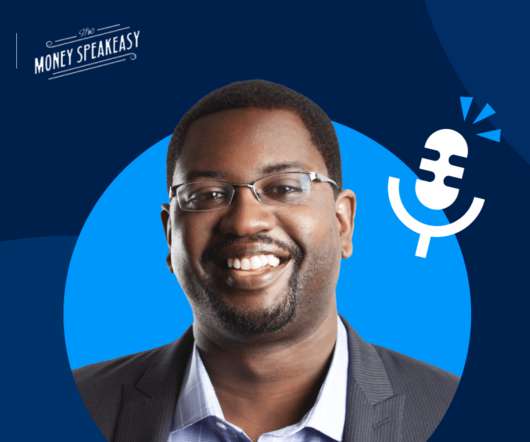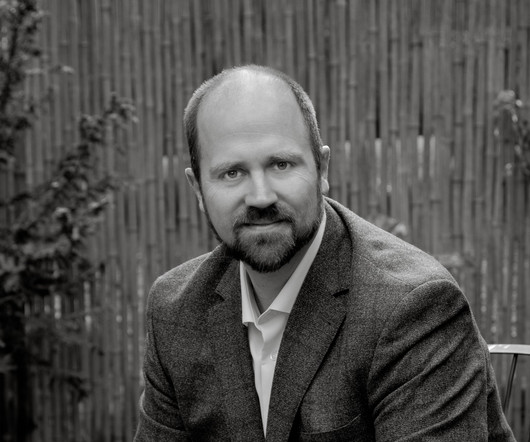Meet The Female Leaders Of Finance: “Women have a responsibility to elevate one another” with Kassandra Dasent and Jason Hartman
Thrive Global
DECEMBER 6, 2019
Focusing on how emotional awareness can have a direct and lasting impact on one’s relationship with money, she provides her clients and audiences with practical solutions to help them achieve financial stability, wellness, and wealth. This is a definitive example that cookie cutter personal finance solutions will not suffice.
















Let's personalize your content